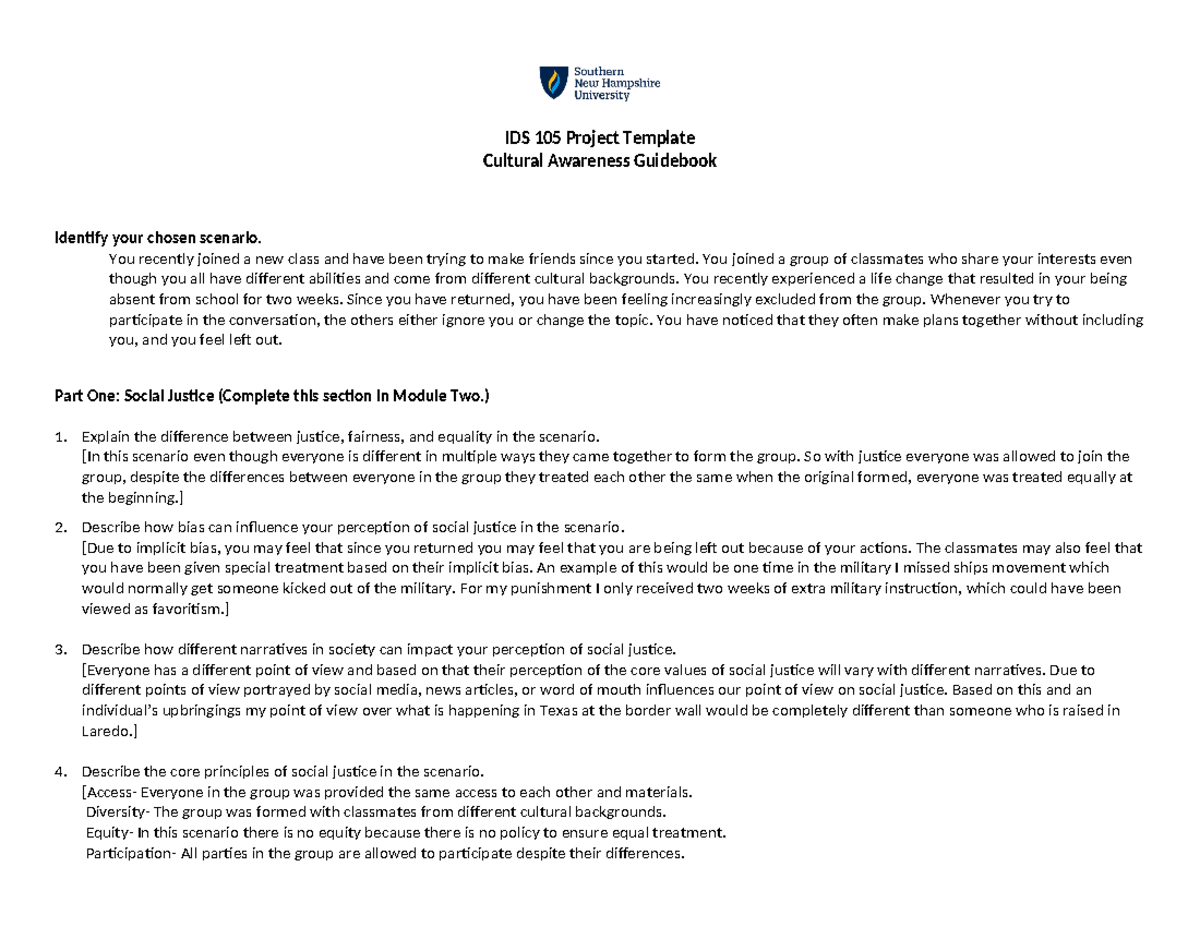Delving into ids-105 cultural awareness and online learning, this introduction immerses readers in a unique and compelling narrative that showcases the significance of understanding diverse cultures in the realm of online education. In today’s interconnected world, learning is not just about acquiring knowledge but also about embracing cultural diversity and incorporating it into educational practices. This overview sets the stage for exploring how cultural awareness enhances online learning experiences, making them richer and more inclusive.
As we navigate through this topic, we’ll uncover the various dimensions of cultural awareness and its impact on learning methodologies. Understanding cultural differences can lead to more effective communication, foster collaboration among learners from varied backgrounds, and ultimately enhance the overall learning journey.
In the vast landscape of modern digital communication, the importance of effective writing cannot be overstated. Whether it’s crafting an email, developing content for a website, or engaging in social media discussions, the ability to communicate ideas clearly and engagingly is a skill that can significantly influence personal and professional success. In this article, we will explore the key elements of effective writing, providing insights and practical tips to enhance your writing skills.### Understanding Your AudienceOne of the fundamental aspects of effective writing is knowing your audience.
Who are you writing for? What are their interests, needs, and preferences? Understanding your audience allows you to tailor your message appropriately, ensuring that it resonates with them. For instance, writing for a professional audience may require a more formal tone and sophisticated vocabulary, while writing for a general audience might call for simplicity and clarity.### Clarity is KeyWhen it comes to writing, clarity is paramount.
Your readers should easily grasp your message without confusion. To achieve clarity, consider the following tips:
Use Simple Language Avoid jargon and complex vocabulary unless it’s absolutely necessary. The goal is to communicate, not to impress.
Be Concise Keep your sentences short and to the point. Avoid unnecessary fluff that can distract from your main message.
Organize Your Thoughts A well-structured piece will guide your readers through your ideas smoothly. Use headings, bullet points, and numbered lists to break down information into digestible parts.### Engaging Your ReadersEngagement is another critical element of effective writing. You want your readers to not only understand your message but also feel compelled to read more. Here are some strategies to boost engagement:
Start Strong Your introduction should grab attention. Consider using a thought-provoking question, a startling statistic, or a compelling anecdote.
Use Active Voice Writing in active voice makes your sentences more dynamic and engaging. For example, instead of saying “The book was read by the student,” say “The student read the book.”
Incorporate Storytelling People love stories. If applicable, weave personal anecdotes or narratives into your writing to create a connection with your readers.### The Importance of EditingWriting is rewriting. After finishing your first draft, take the time to revise and edit your work. Editing is crucial for polishing your writing and ensuring it meets high standards. Here are some editing tips:
Take a Break After writing, step away from your work for a little while. This break will give you fresh eyes when you return to edit.
Read Aloud Hearing your words can help you catch awkward phrasing and identify areas that need improvement.
Seek Feedback Don’t hesitate to ask a friend or colleague to review your work. A fresh perspective can provide valuable insights.### The Role of Tone and StyleTone and style play a significant role in how your writing is perceived. Your tone should match the purpose of your writing and the expectations of your audience. For example, a formal report will have a different tone than a blog post.
Here are some tips for finding the right tone:
Consider the Context What is the purpose of your writing? Is it to inform, persuade, entertain, or inspire? Your tone should align with this purpose.
Be Authentic Your writing should reflect your personality and voice. Authenticity fosters trust and connection with your readers.
Adapt as Necessary Be flexible in your tone and style based on the specific piece you are working on. Different situations may require different approaches.### The Power of VisualsIn today’s digital age, visuals can enhance your writing significantly. Images, infographics, and charts can help illustrate your points and make complex information more accessible. Here are a few ways to effectively incorporate visuals:
Relevance Ensure that any visuals you use are relevant to your content and add value, rather than serving as mere decoration.
Quality Matters Use high-quality images and graphics. Poor visuals can detract from your writing.
Placement Strategically place visuals within your content to break up text and maintain reader interest.### Mastering the Art of PersuasionPersuasive writing is a powerful tool, especially in professional contexts. Whether you’re writing a proposal, a marketing piece, or an opinion article, mastering persuasion can help you influence your readers effectively. Consider the following techniques:

Establish Credibility Your audience is more likely to be persuaded if they trust you. Provide evidence, cite sources, and showcase your expertise.
Appeal to Emotions Emotional appeals can be very effective. Use storytelling and descriptive language to evoke feelings in your readers.
Address Counterarguments Acknowledge opposing viewpoints and counter them effectively. This demonstrates your understanding of the topic and strengthens your argument.### ConclusionEffective writing is an essential skill that can open doors and create opportunities in various aspects of life. By understanding your audience, prioritizing clarity, engaging readers, and honing your editing skills, you can become a more proficient writer. Remember to adapt your tone and style to fit the context, use visuals to enhance your message, and master the art of persuasion to compellingly communicate your ideas.
Writing is a craft that requires practice and dedication, so keep honing your skills, and you’ll surely see improvement over time. Happy writing!


